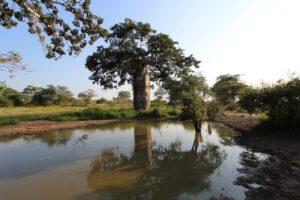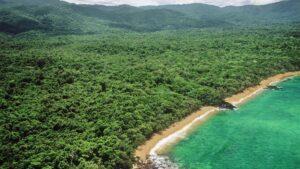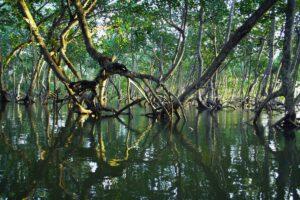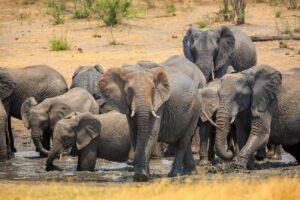There is a good reason why The Lord of the Rings by J.R.R. Tolkien is considered a classic of the genre. Decades after its initial publication, The Lord of the Ring’s characters, themes, and wonderful prose resonate with readers. Moreover, Tolkien’s Middle-earth is so convincingly realized that many readers have longed to visit it since they were swept away by the book’s opening lines in The Fellowship of the Ring. As a result, you’ll find some of the most beautiful places in Middle-earth right here.
West Midlands
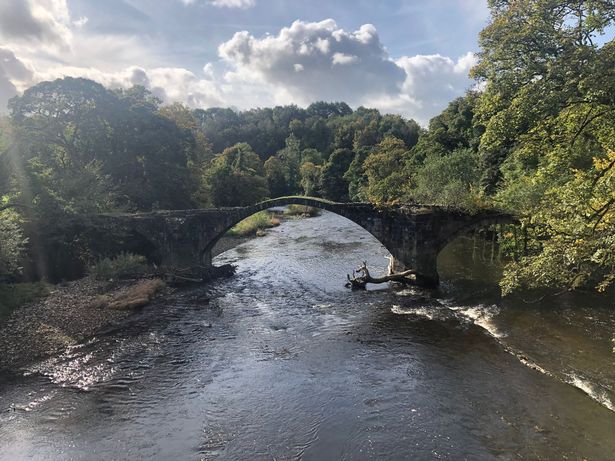 Tolkien spent his formative years in and around the West Midlands. This area straddles the boundary between England and Wales and is home to bustling industrial cities and rural countryside. Tolkien drew heavily on these negative experiences in his boyhood to create his image of Middle Earth.
Tolkien spent his formative years in and around the West Midlands. This area straddles the boundary between England and Wales and is home to bustling industrial cities and rural countryside. Tolkien drew heavily on these negative experiences in his boyhood to create his image of Middle Earth.
Travelers can follow the “Tolkien Trail” through the West Midlands, visiting the places that inspired his works. These include the small hamlet of Sarehole, which served as the model for Hobbiton and the Shire, the Malvern Hills, which served as the model for the White Mountains separating Rohan and Gondor, and the Black Country, the historic birthplace of the Industrial Revolution, which served as the model for the dark and foreboding landscapes of Mordor.
Tongariro National Park
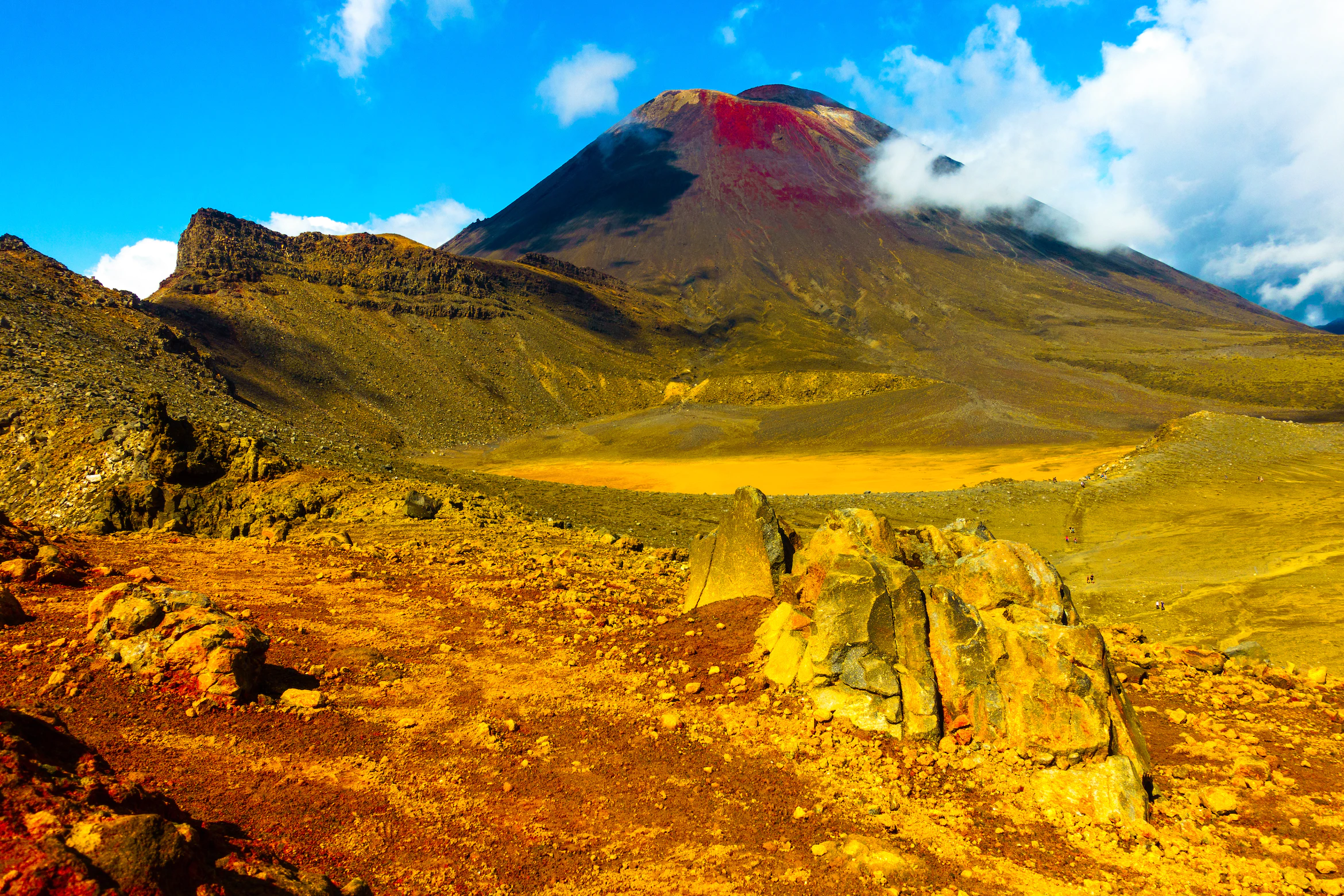 The Lord of the Rings crew visited Tongariro National Park and other locations on the North Island on many occasions. From very few scenes like Gollum strolling by some ruins or watching a fish swim by to pivotal ones like Mount Doom in Mordor, Peter Jackson made extensive use of this location.
The Lord of the Rings crew visited Tongariro National Park and other locations on the North Island on many occasions. From very few scenes like Gollum strolling by some ruins or watching a fish swim by to pivotal ones like Mount Doom in Mordor, Peter Jackson made extensive use of this location.
Mount Ngauruhoe, the inspiration for the film Mount Doom, is the area’s most notable landmark.
This mountain is a huge, 2,000-year-old pile of ash, making it an ideal candidate. A spectacular panorama awaits you at the peak, but first, you must endure the treacherous climb up, digging your feet out of the crumbling ash.
Rivendell
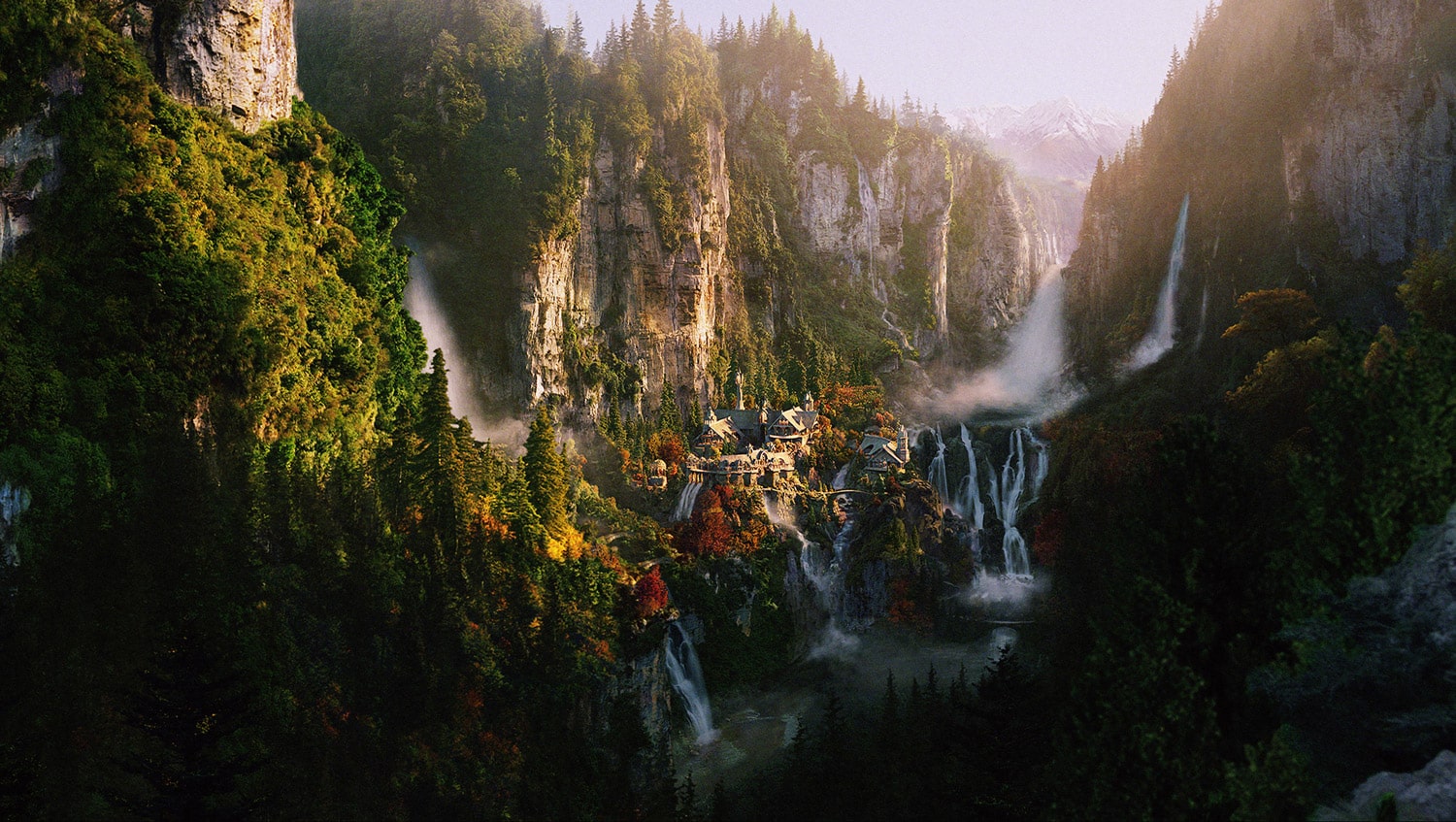 Nestled in the heart of the Misty Mountains, the Council of Elrond serves as a haven for the elves and serves as the setting for the formation of the Fellowship of the Ring. Rivendell is a valley concealed by a forest of pine trees. The weather in Rivendell is always pleasant, with mild winters and warm summers. Elrond and his people can dwell in peace and relative stasis in Rivendell because the unique place is unaffected by time. Rivendell plays a significant part in the novels, but once the One Ring is destroyed, the elves abandon the city and go to the Gray Havens far to the west.
Nestled in the heart of the Misty Mountains, the Council of Elrond serves as a haven for the elves and serves as the setting for the formation of the Fellowship of the Ring. Rivendell is a valley concealed by a forest of pine trees. The weather in Rivendell is always pleasant, with mild winters and warm summers. Elrond and his people can dwell in peace and relative stasis in Rivendell because the unique place is unaffected by time. Rivendell plays a significant part in the novels, but once the One Ring is destroyed, the elves abandon the city and go to the Gray Havens far to the west.
Lauterbrunnen Valley
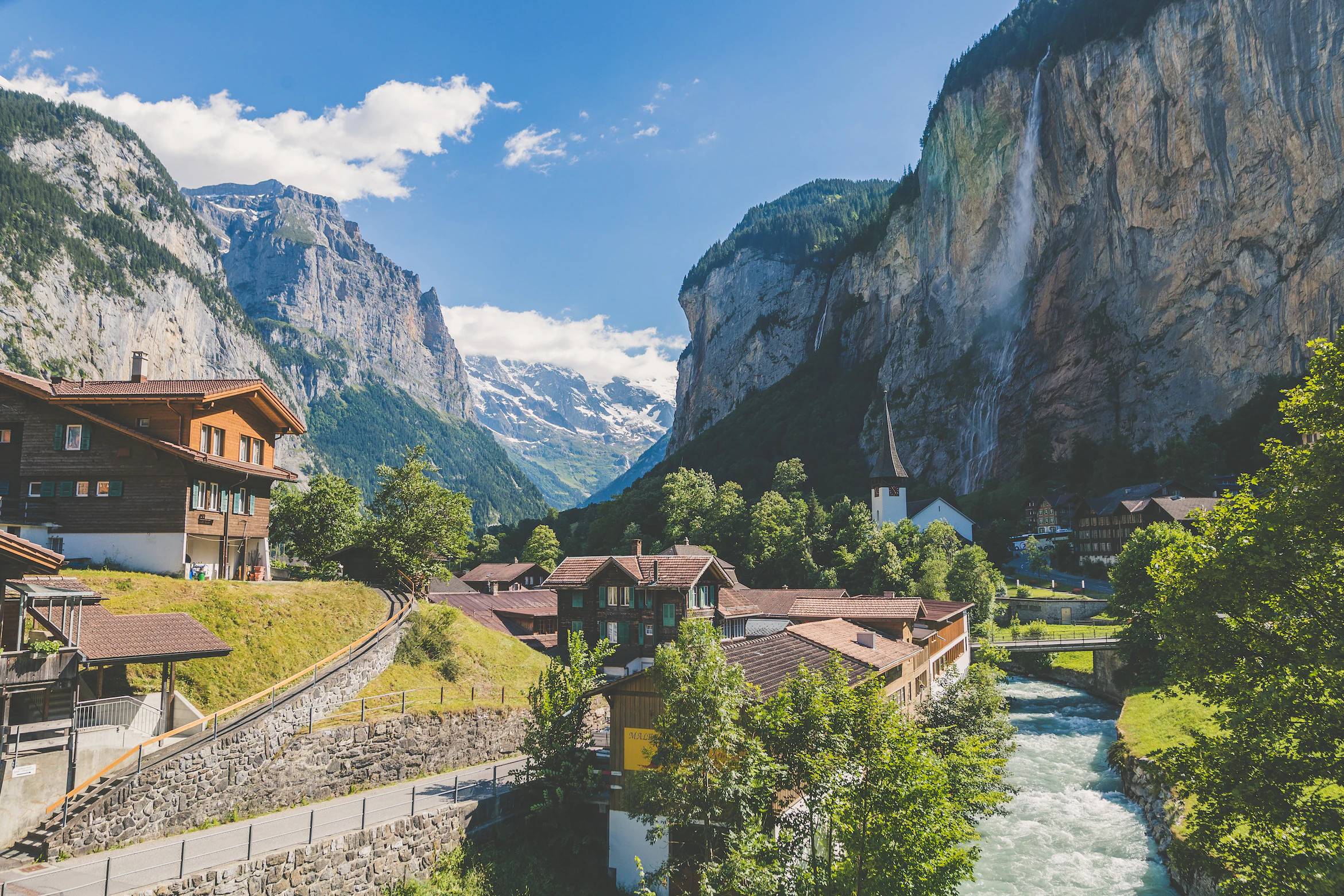 Tolkien had spent his childhood traveling around Switzerland, including the Lauterbrunnen Valley, which inspired Rivendell, the enchanted retreat of the Elven family of Elrond.
Tolkien had spent his childhood traveling around Switzerland, including the Lauterbrunnen Valley, which inspired Rivendell, the enchanted retreat of the Elven family of Elrond.
Tolkien and a group of twelve hiked across Switzerland, passing through the Lauterbrunnen Valley, continuing to the mountaintop village of Mürren, traversing the eternal snows of the Bernese Alps, and descending the Aletsch Glacier, all of which would later serve as inspiration for the Fellowship of the Ring. The same track may be hiked today, but with the advent of lifts and widened routes, the journey has become much more approachable for the average hiker.
Whakapapa Ski Field
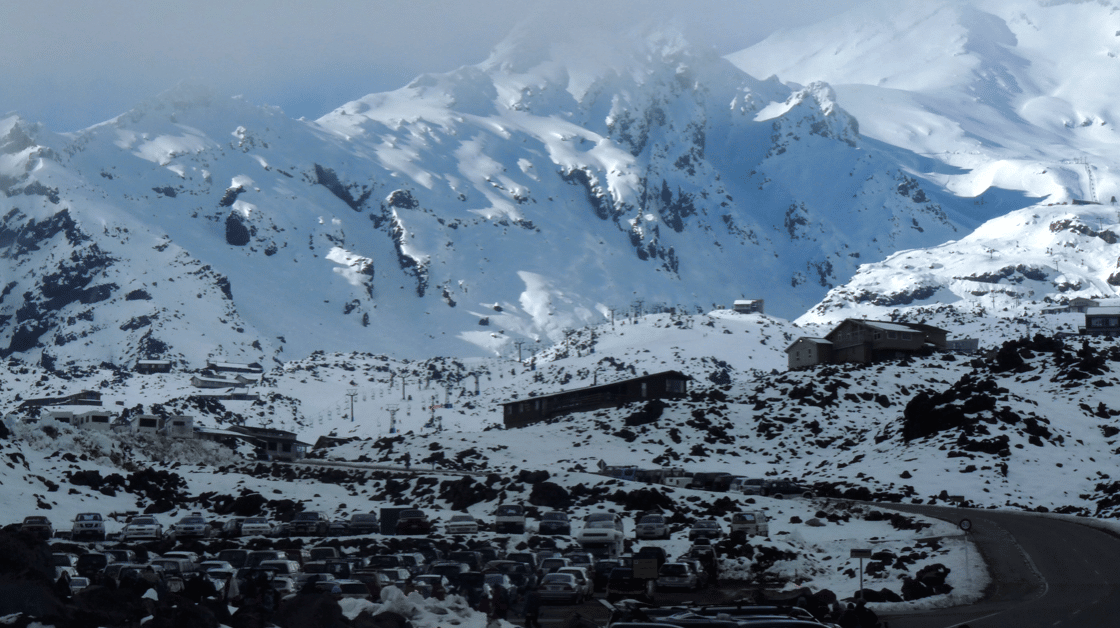 One of the first scenes is crucial since it sets the tone for the whole tale. When Isildur severed Sauron’s finger, the Ring was no longer bound to him. Instead, the combat itself took place on the Whakapapa Ski Field.
One of the first scenes is crucial since it sets the tone for the whole tale. When Isildur severed Sauron’s finger, the Ring was no longer bound to him. Instead, the combat itself took place on the Whakapapa Ski Field.
Also, here is when Sam and Frodo finally capture Gollum as the trilogy concludes. The spectacular, rugged set’s location is the same as where Sauron lost the Ring.
Kaitoke Regional Park
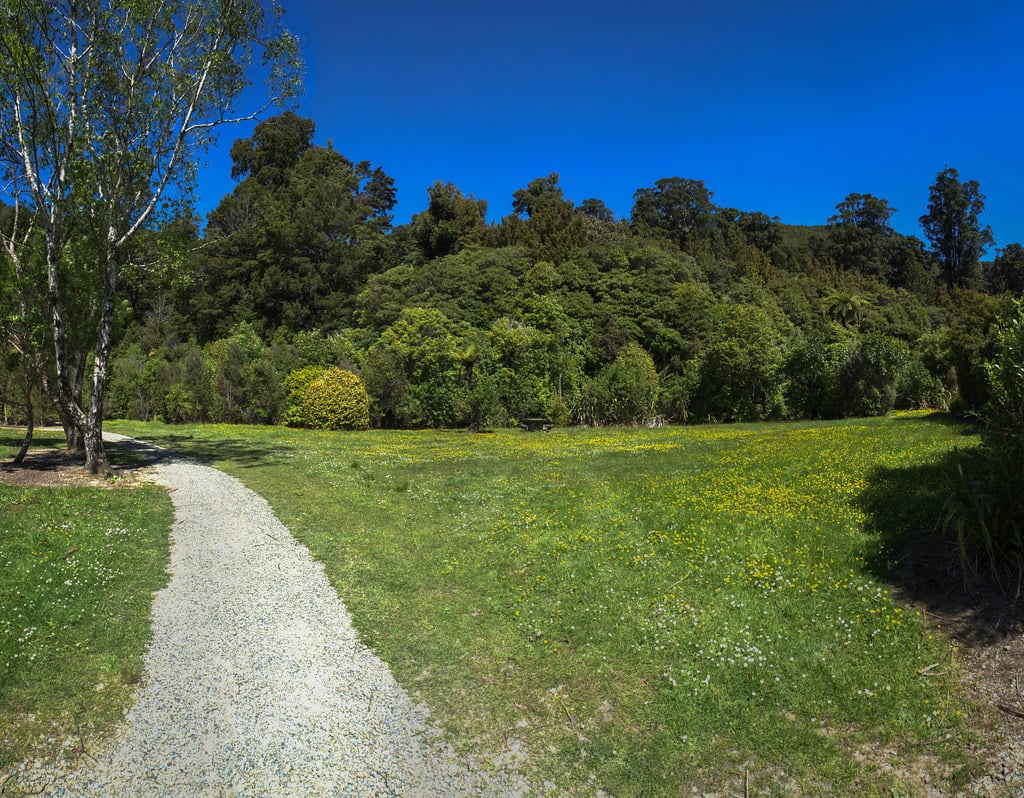 Kaitoke Regional Park, located north of Wellington, New Zealand, is home to verdant woods and a network of unspoiled rivers and streams. In The Fellowship of the Ring, Peter Jackson vividly depicted the Elven city of Rivendell.
Kaitoke Regional Park, located north of Wellington, New Zealand, is home to verdant woods and a network of unspoiled rivers and streams. In The Fellowship of the Ring, Peter Jackson vividly depicted the Elven city of Rivendell.
Explore this lush jungle and pass through an Elven gateway built to scale. A guided Lord of the Rings tour of the park is available, taking visitors to Elrond’s residence and the Fords of Isen, among other shooting sites.
Oxford, UK
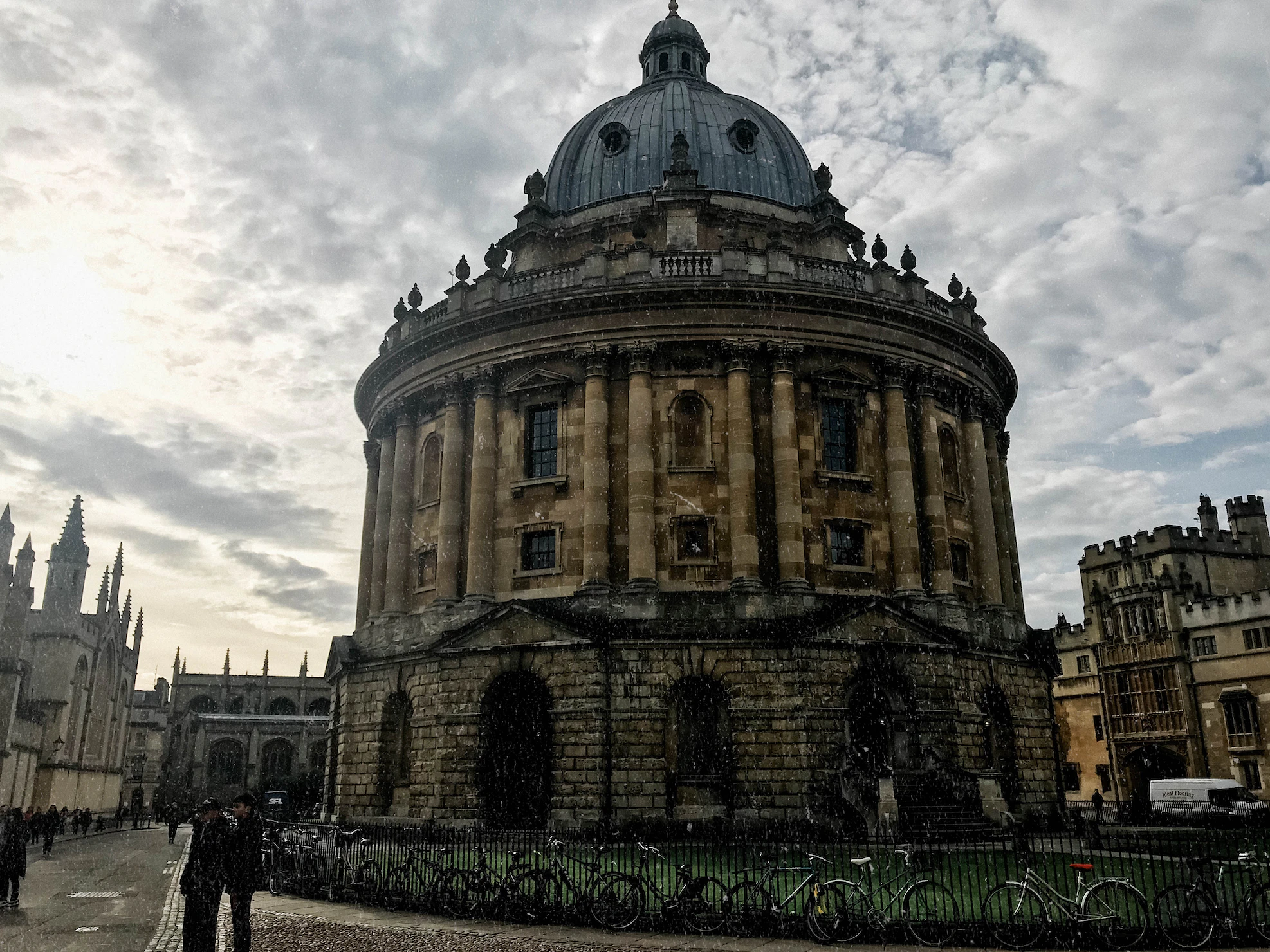 Not only did J. R. R. Tolkien have a distinguished career as a writer of high fantasy, but also as a professor of Anglo-Saxon at Oxford. Tolkien completed The Hobbit while studying at Oxford. There are several spots in Oxford and at the University where visitors may see where Tolkien lived and worked on his Middle-earth books.
Not only did J. R. R. Tolkien have a distinguished career as a writer of high fantasy, but also as a professor of Anglo-Saxon at Oxford. Tolkien completed The Hobbit while studying at Oxford. There are several spots in Oxford and at the University where visitors may see where Tolkien lived and worked on his Middle-earth books.
Tolkien’s beloved bar, the colleges where he taught, his house, and the serene Wolvercote Cemetery, where he and his wife are buried, are all included in the itineraries of the several tours of Tolkien’s Oxford.
Farm Land – Hobbiton
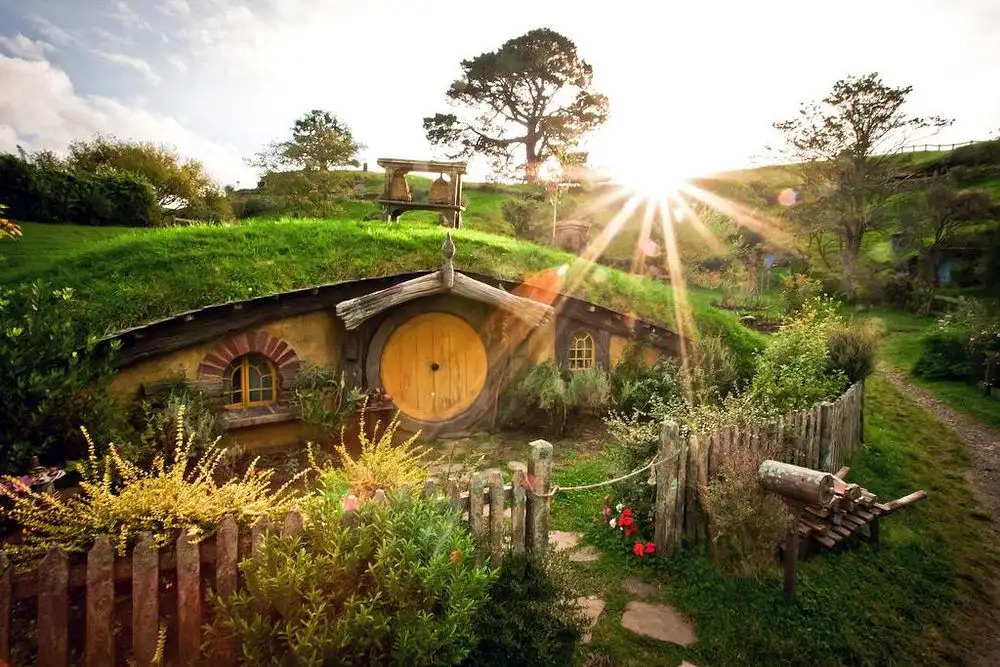 A little farm amid nowhere is home to Hobbiton, one of the most enchanting and iconic locations in the Lord of the Rings trilogy. But unfortunately, the original Fellowship of the Ring set has been lost for a long time.
A little farm amid nowhere is home to Hobbiton, one of the most enchanting and iconic locations in the Lord of the Rings trilogy. But unfortunately, the original Fellowship of the Ring set has been lost for a long time.
However, in response to fan interest, guided tours were instituted, and the setting for The Hobbit films was returned for extensive re-creation. You can now visit the actual filming location of Hobbiton and even have a pint at the local watering hole.
Because of its widespread appeal, a new phenomenon has emerged: “Tolkien tourism,” in which fans of the films and novels go to distant sites having ties to J. R. R. Tolkien. There are a variety of real-world venues where fans may experience a sense of immersion in the Lord of the Rings universe, from the many shooting sites in New Zealand to the historical landmarks that inspired Tolkien’s Middle Earth. Lastly, read more about travel around the world here.
